Abiotic and Biotic Factors
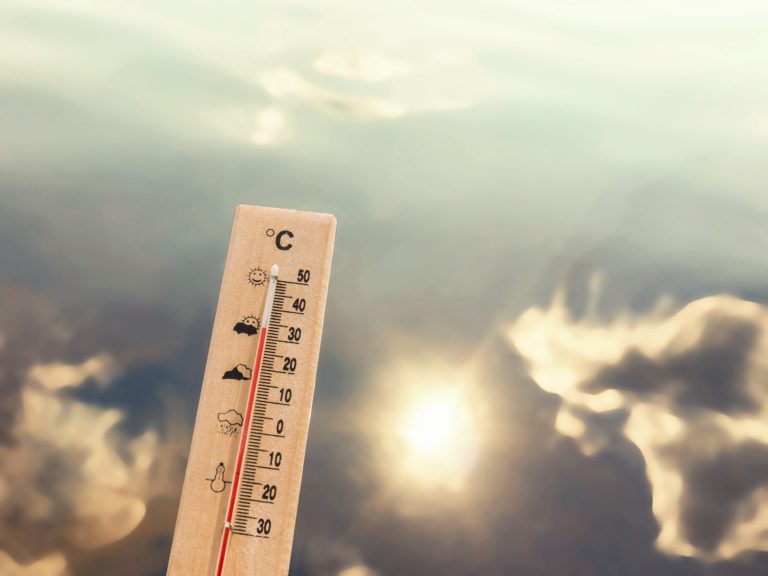
Temperature as abiotic factor
Abiotic factors are essentially non-living components that affect the living organisms of the freshwater community.
When an ecosystem is barren and unoccupied, new organisms colonizing the environment rely on favorable environmental conditions in the area to allow them to successfully live and reproduce.
These environmental factors are abiotic factors. When a variety of species are present in such an ecosystem, the consequent actions of these species can affect the lives of fellow species in the area, these factors are deemed biotic factors.
This tutorial will go into the abiotic factors of the freshwater environment which determine what sort of life would be suited to living (and adapting) to the conditions of the ecosystem.
As described previously, the light from the sun is a major constituent of a freshwater ecosystem, providing light for the primary producers, plants. There are many factors that can affect the intensity and length of time that the ecosystem is exposed to sunlight:
- Aspect – The angle of incidence at which light strikes the surface of the water. During the day when the sun is high in the sky, more light can be absorbed into the water due to the directness of the light. At sunset, light strikes the water surface more acutely, and less water is absorbed. The aspect of the sun during times of the day will vary depending on the time of the year.
- Cloud Cover – The cloud cover of an area will inevitably affect the intensity and length of time that light strikes the water of a freshwater ecosystem. Species of plants rely on a critical period of time where they receive light for photosynthesis.
- Season – The 4 seasons in an ecosystem are very different, and this is because less light and heat is available from the sun in winter and vice versa for Summer, therefore these varying conditions will affect which organisms are suited to them.
- Location – The extreme latitudes receive 6 months of sunlight and 6 months of darkness, while the equator receives roughly 12 hours of sunlight and darkness each day. This sort of variance greatly affects what type of organisms would occupy freshwater ecosystems due to these differences.
- Altitude – For every one thousand meters above sea level, average temperature drops by one degree Celsius. Altitude will also affect the aspect of which sunlight hits the freshwater ecosystem, therefore playing a part on which organisms will occupy it.
As you can see, many abiotic factors can play a part in determining the end product, which organisms live and succeed in the freshwater ecosystem. The sun provides light for photosynthesis, but also provides heat giving a suitable temperature for organisms to thrive in. The temperature of a freshwater environment can directly affect the environment as a whole and the organisms that occupy it.
Enzymes operate best at an optimum temperature, and any deviation from this temperature ‘norm’ will result in below optimum respiration in the organism. All aquatic life are ectotherms, meaning their body temperature varies directly with its environments.
Temperature affects the density of substances, and changes in the density of water means more or less resistance for animals who are traveling in the freshwater environment.
The next tutorial will continue to look at how these abiotic factors affect the way in which organisms operate in the freshwater ecosystem. The above examples of abiotic factors involve physical characteristics of the freshwater environment, which are continued, with subsequent information studying how the chemical composition of the freshwater ecosystem also affects which organisms survive in the environment and how they cope in these conditions.
You will also like...
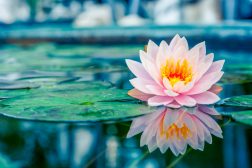
Freshwater Lentic Communities & Animals
This tutorial looks at some of the communities in freshwater lentic habitats. For instance, symbiosis occurs in a commun..
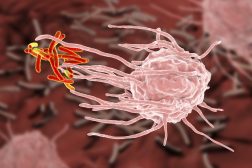
Biological Cell Defense
Organisms employ different strategies to boost its defenses against antigens. Humans have an immune system to combat pat..
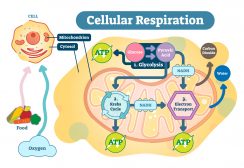
Cell Respiration
Cell respiration is the process of creating ATP. It is "respiration" because it utilizes oxygen. Know the different stag..
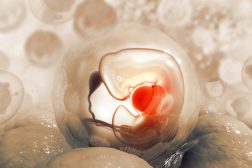
Growth and Development of a Human Baby
Upon fertilization, a zygote forms and develops into an embryo. This tutorial elaborates on the growth and development f..
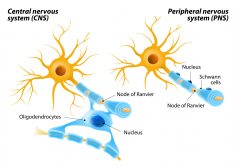
The Central Nervous System
Myelin sheath is essential for a faster conductivity of signals. Know more about this feature of some neurons in the Cen..

Leaves
Leaves are the major photosynthetic organ of a plant. Apart from that, they are also crucial to water movement. In this ..
